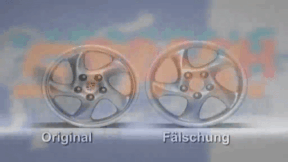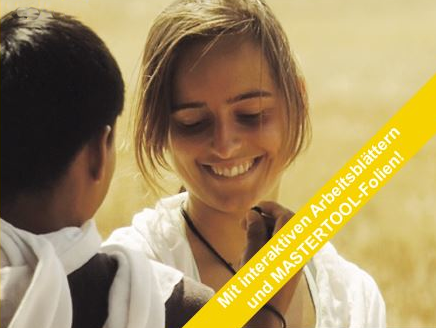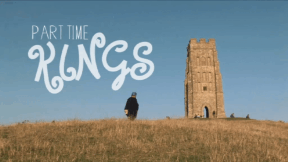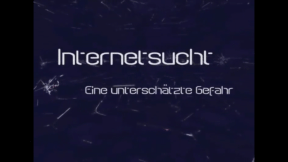 Technology
Technology
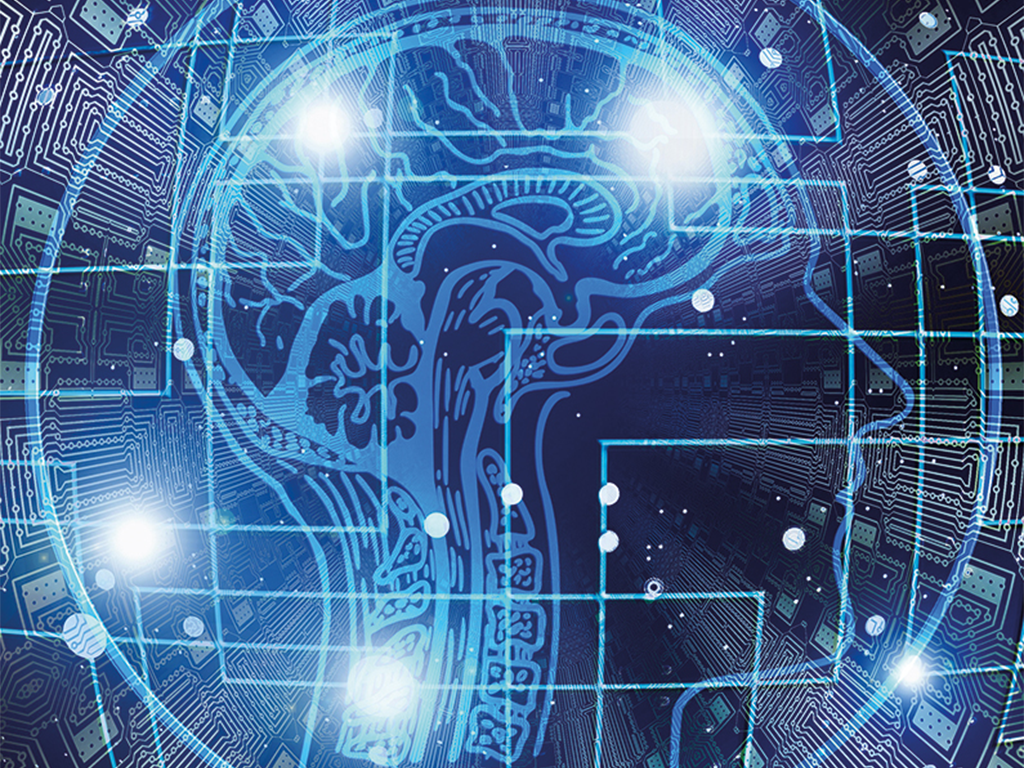
4679014 / 5565775
Artificial Intelligence
Application and Opportunities
Intelligent machines not only carry out predefined work steps but also learn from experience thus developing their own problem solving strategies. In addition, they can pass on their knowledge to other machines and interact with them. Artificial intelligence is pure software which, combined with various sensors, takes further decisions from the data thus obtained. Artificial intelligences have already conquered our everyday lives. When we have bought something online, an artificial intelligence could have ensured that we receive the ordered product on time. Because in many large companies machine brains help with logistics, accounting and customer service. Even at the doctor’s or in hospital we may come across artificial intelligence. Because sometimes it assists physicians with the diagnosis of diseases or in selecting an appropriate therapy. An AI can also be helpful in prognosticating the chances of recovery.
In the world of work, fundamental changes are underway as well. They could have consequences as far-reaching as production automation in the past. On the one hand, computer systems capable of learning will make many processes more efficient – for example in administration, accounting or production. This saves time and money. On the other hand, many activities, performed by people up to now, will become redundant. Thus, the world of work will change fundamentally for us.
AI experts estimate that already in a few decades, computers might be just as intelligent as human beings at almost all levels. But how does artificial intelligence work? And how can a computer actually learn and think just like we humans?
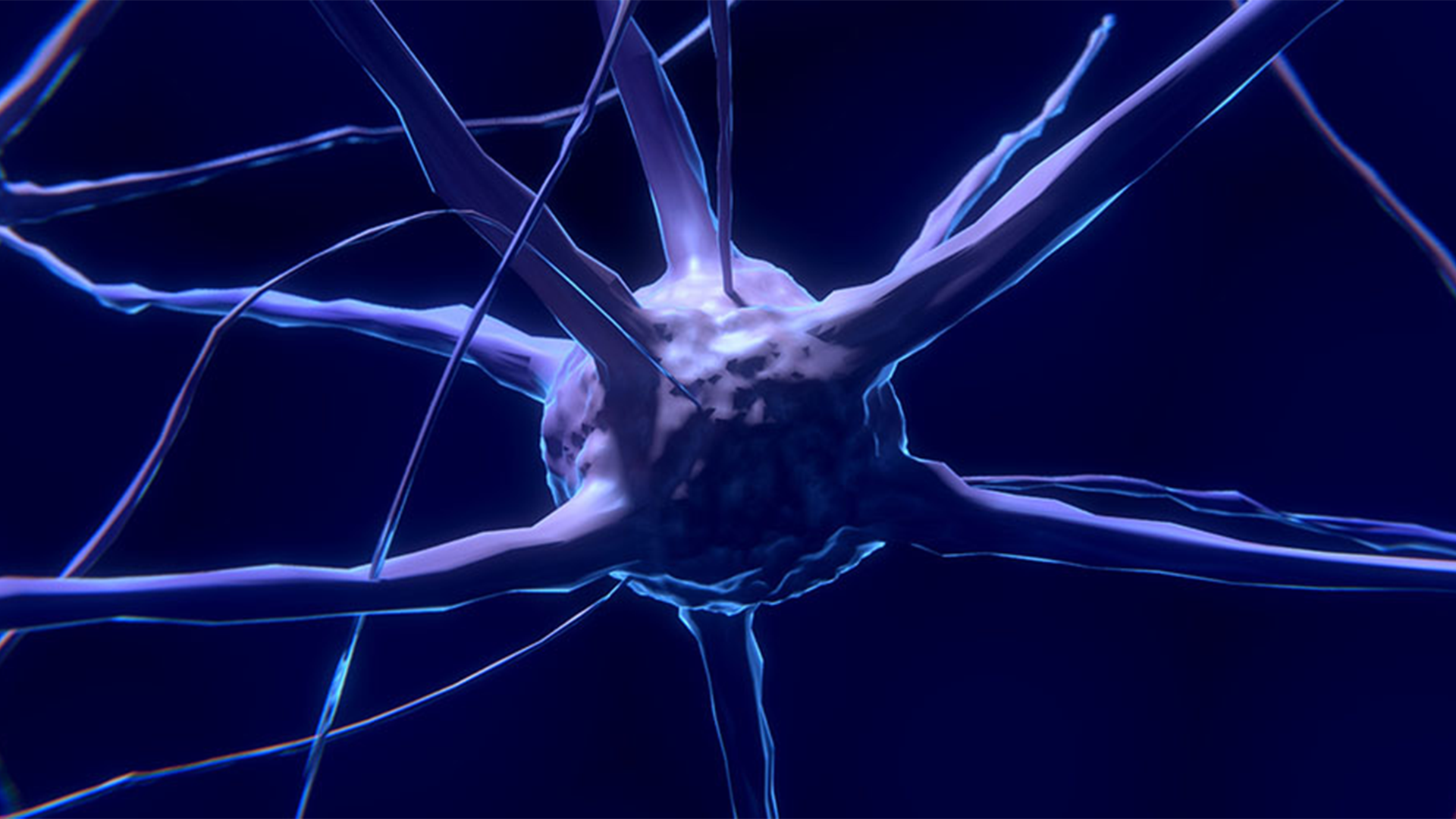
Curriculum-centred and oriented towards educational standards
Matching
Product Piracy
Counterfeiting takes place in almost all economic sectors – textiles, watches, car parts, machine parts, tools, accessories, software and medicines. Some counterfeits are easy to recognise, others are so well-executed that even experts have difficulty distinguishing between original and imitation. This DVD covers the development of a product from idea to manufacture. Once a product has become a trademark, product pirates appear on the scene.
Internet Addiction
The film consists of two parts. The first part is the 15-minute short film “In the Net”. It describes the problem of excessive Internet use in a humorous way, in particular the risk of losing touch with reality when chatting. The second part illustrates with three real persons how Internet addiction can develop and the problems encountered by those who are afflicted. The authentic statements are commented by an experienced therapist. For many pupils, the issues addressed here are related to their everyday lives. What is a “sensible” use of the Internet, where does pathological addiction start? In contrast to addiction to alcohol, nicotine or drugs, the public seems to be largely ignorant of the problem of this addiction, which is not related to any substance abuse. The film provides material for discussion in the classroom (crossdisciplinary) and can be used as a basis for the formulation of prevention strategies.





